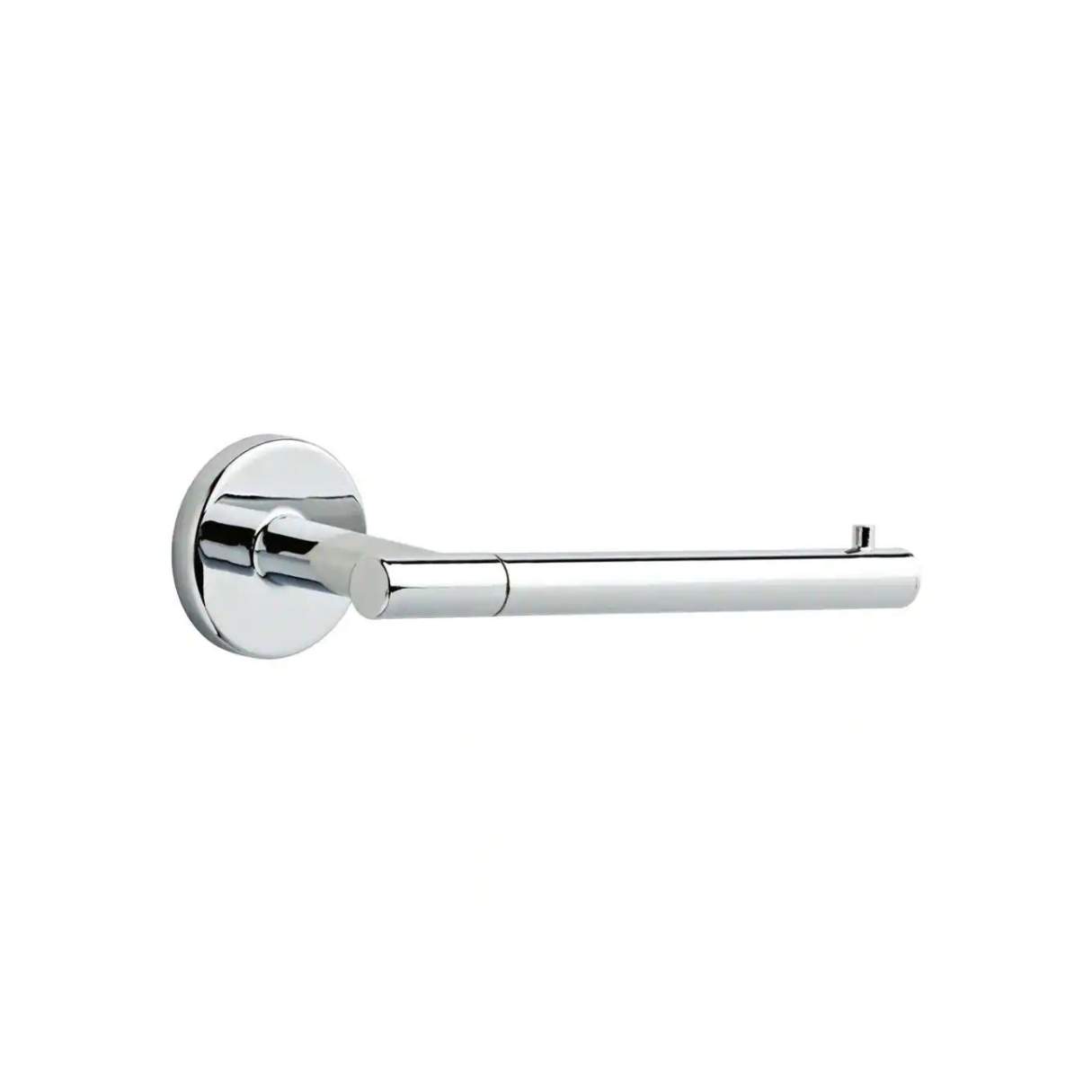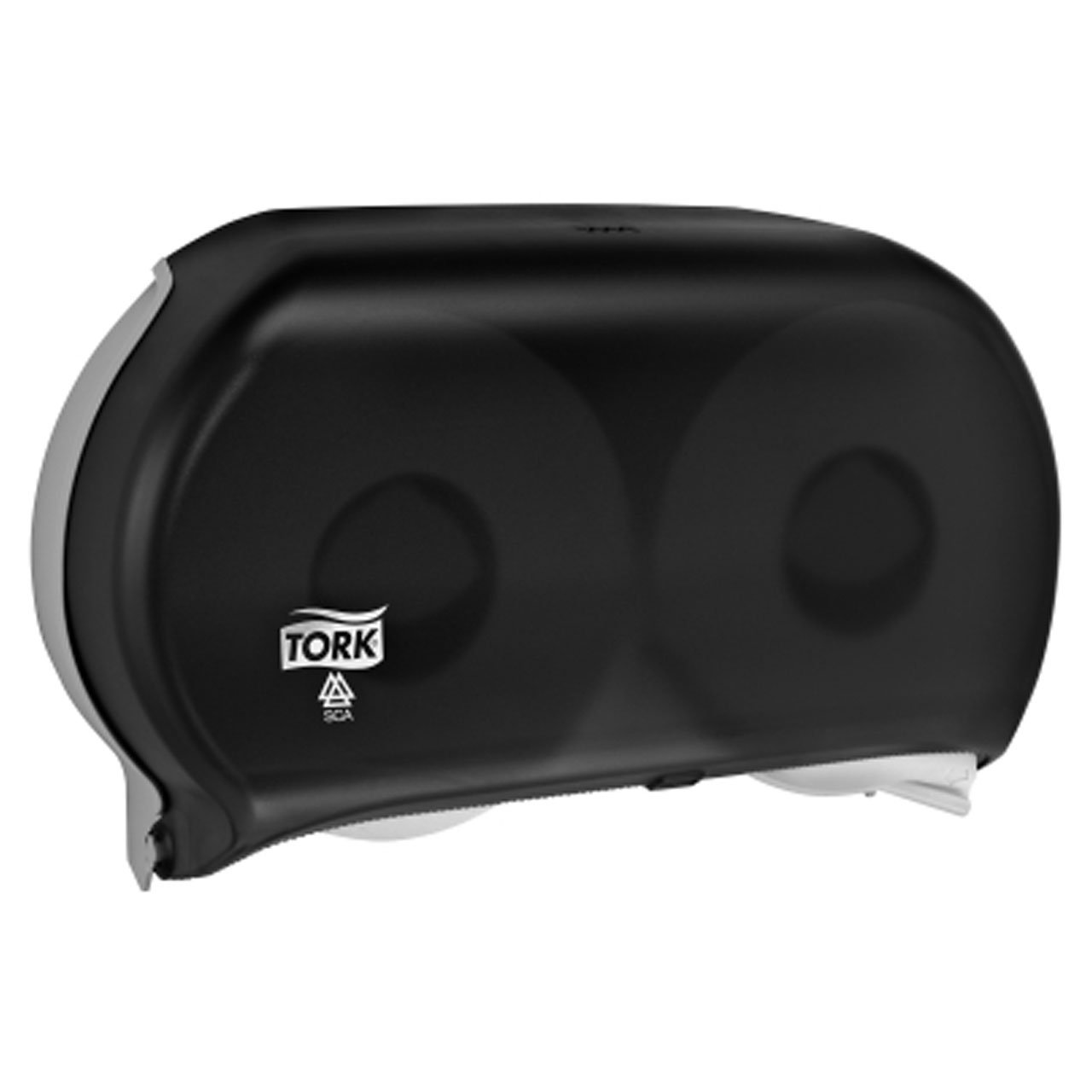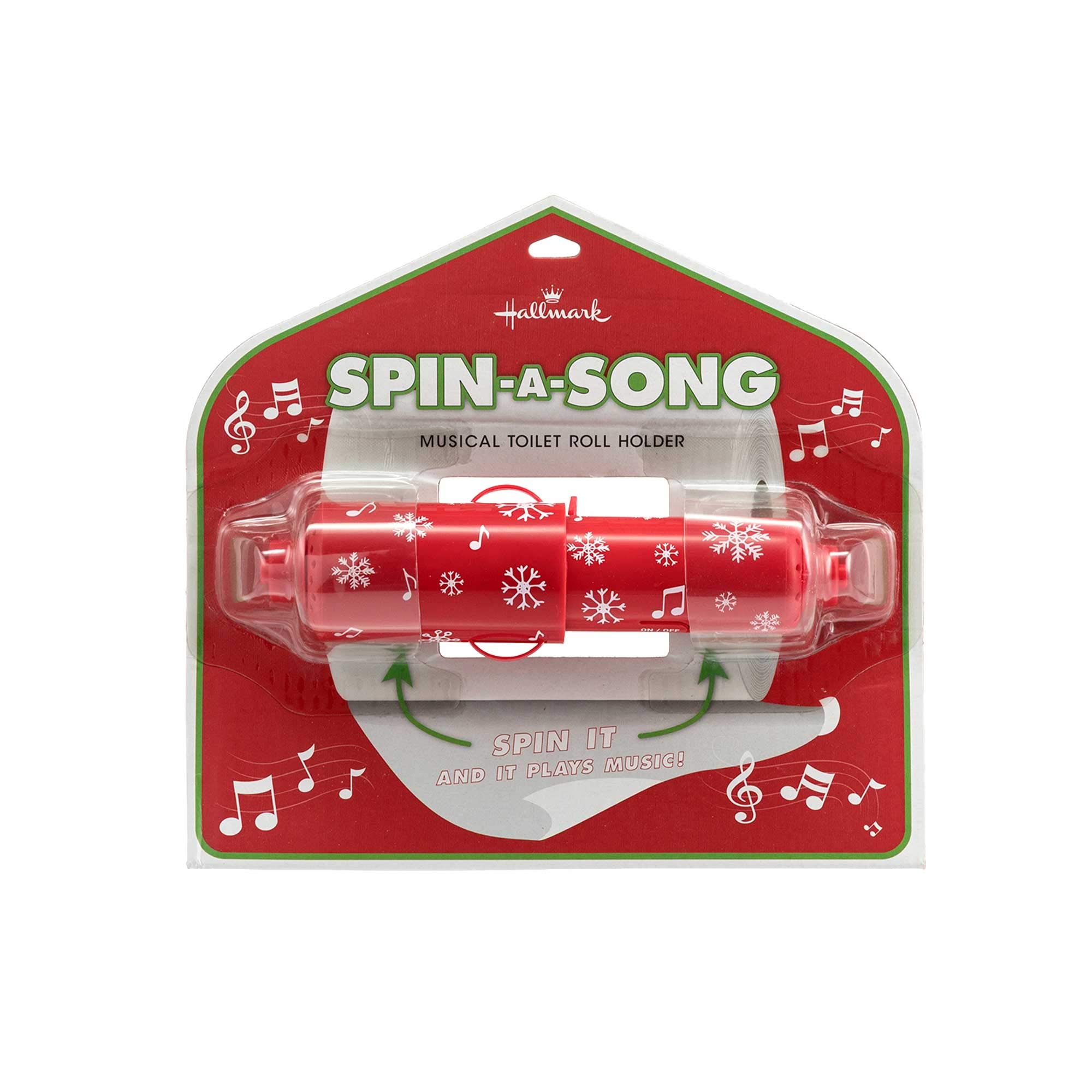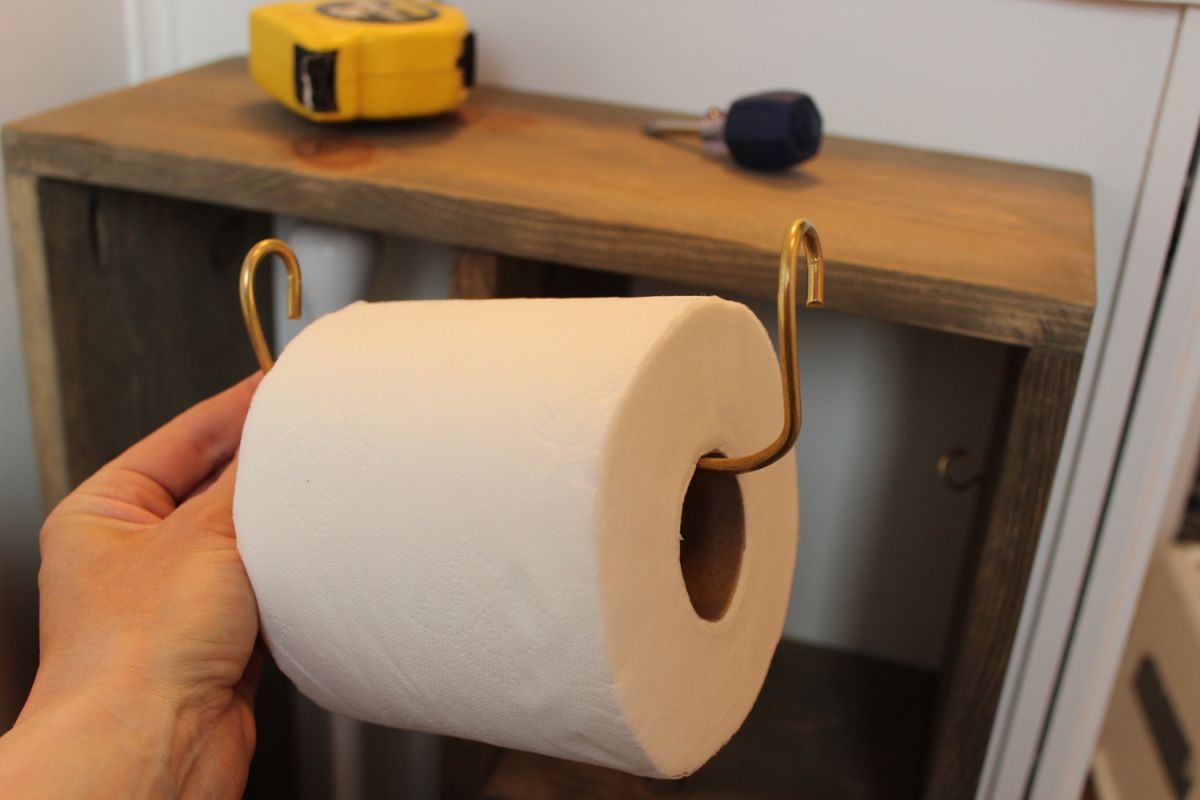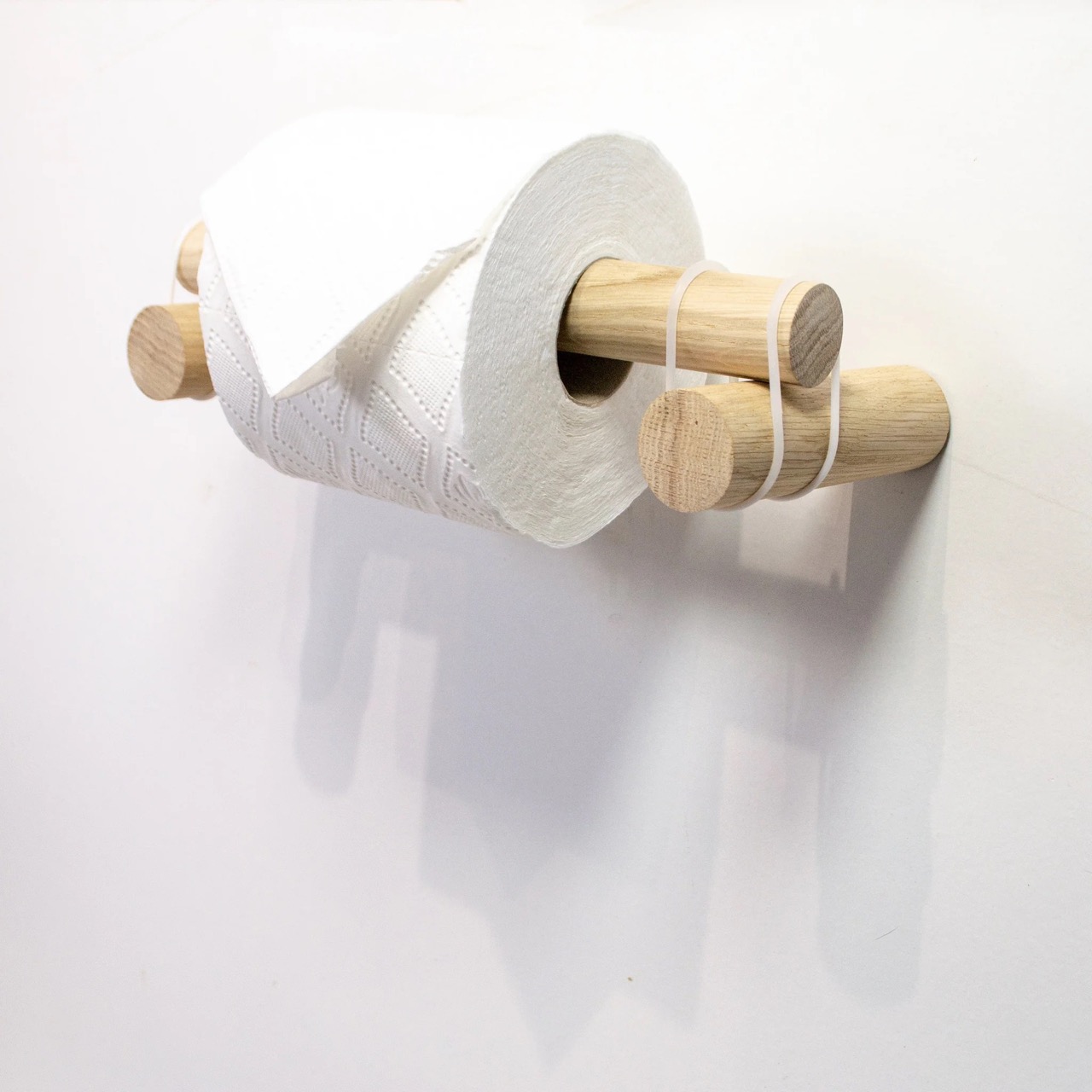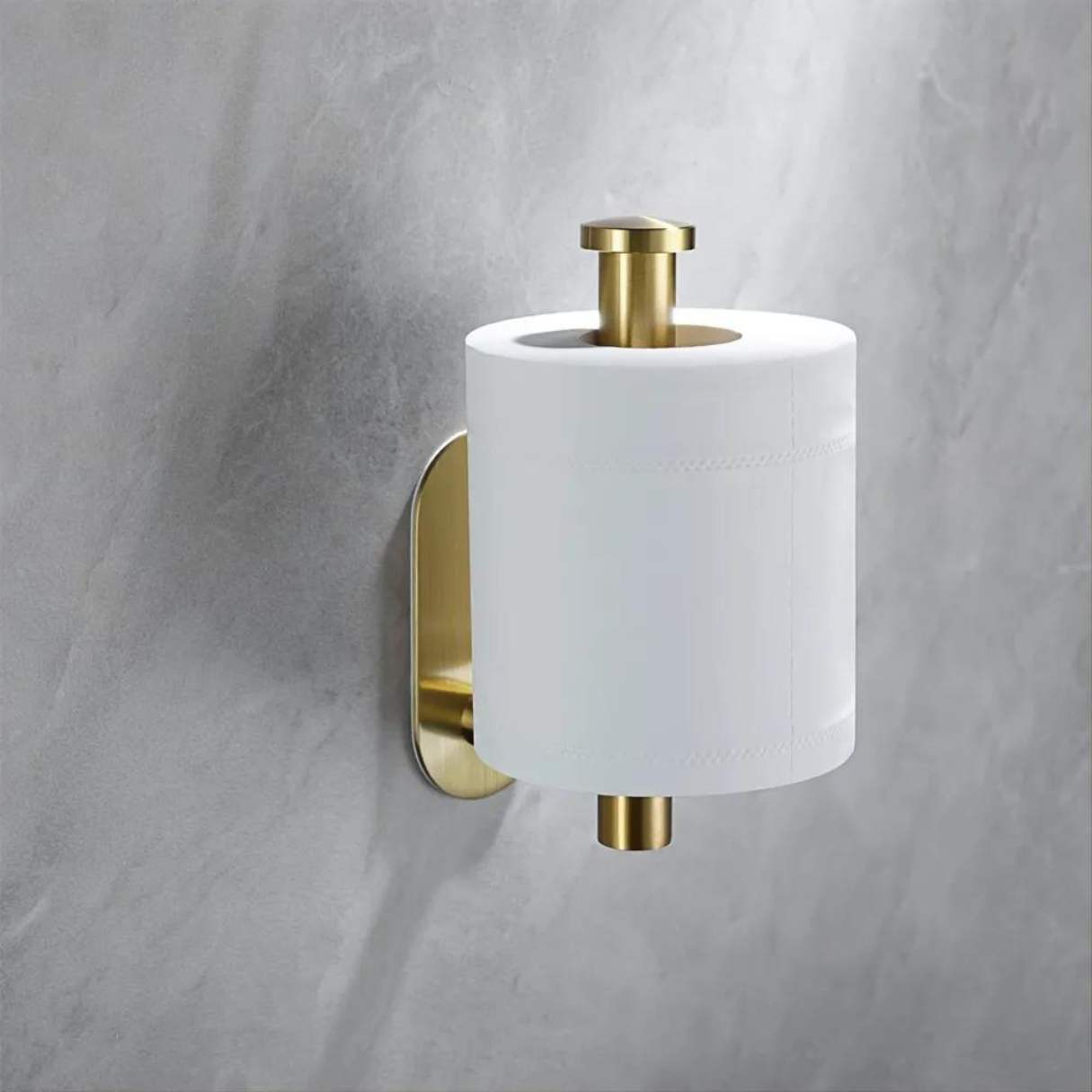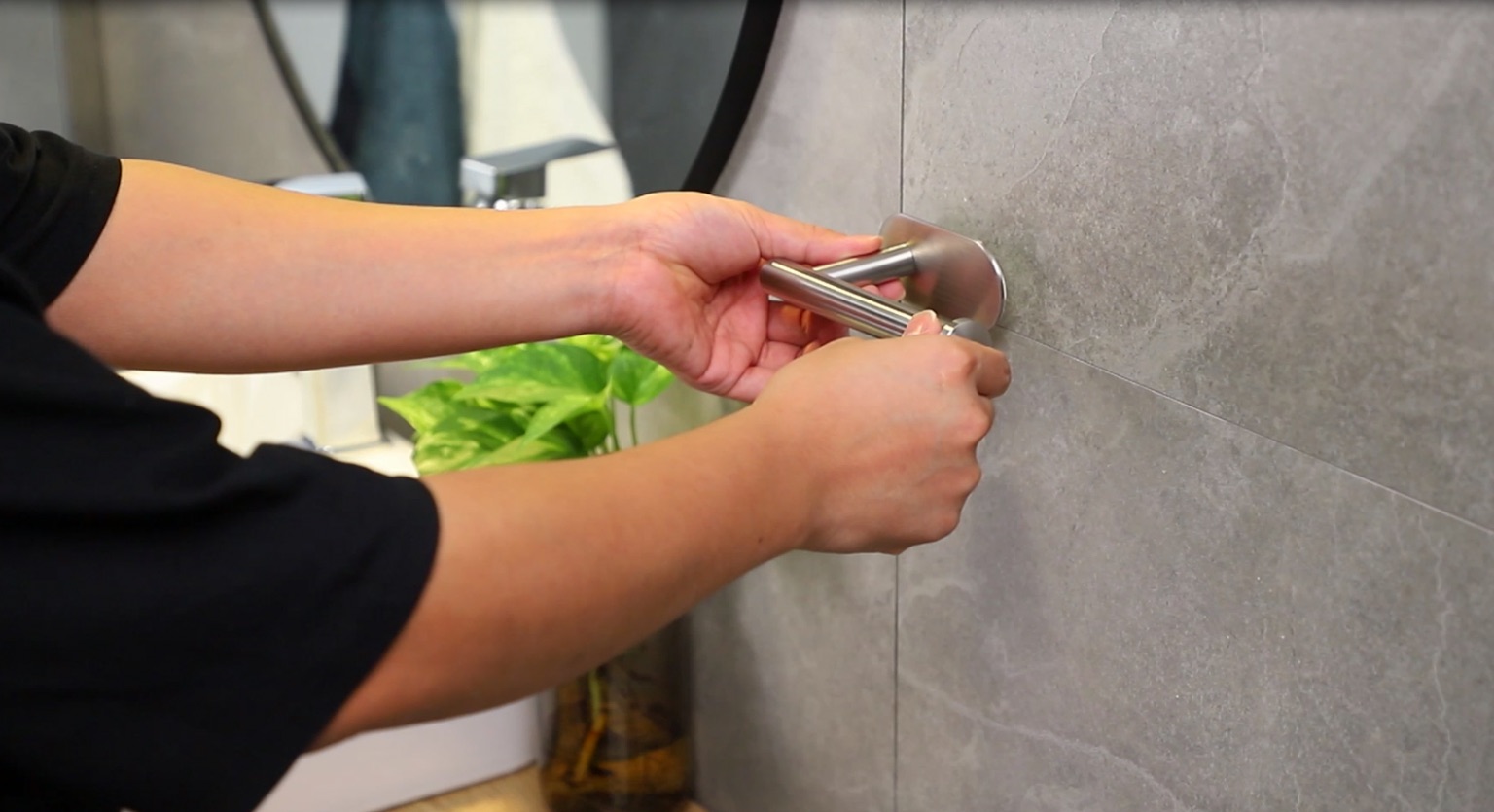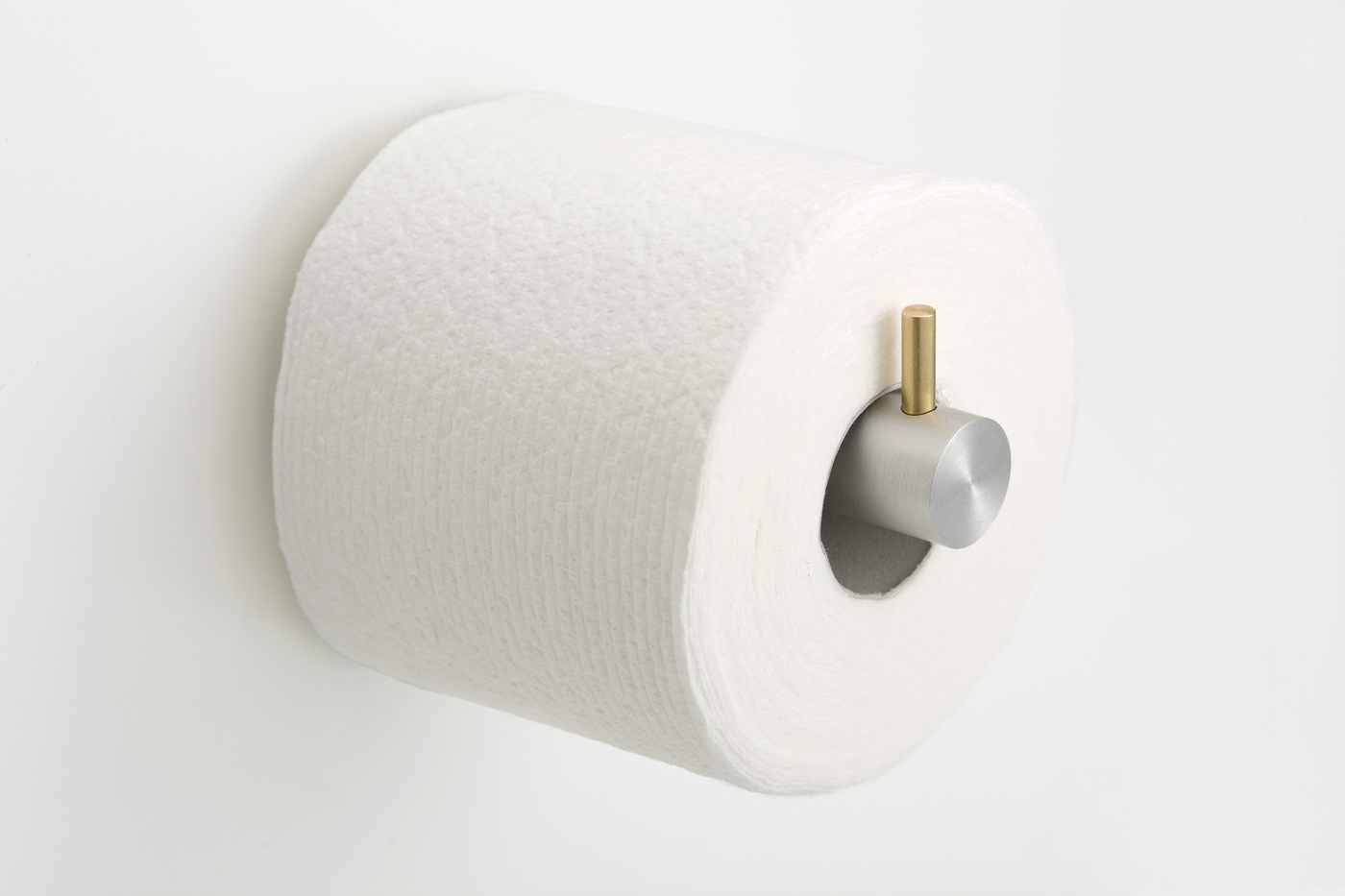Home> DIY Toilet Paper Holder Installation
DIY Toilet Paper Holder Installation: Simple Steps to Success
Discover the effortless guide to DIY Toilet Paper Holder Installation. Step-by-step guidance to transform your bathroom in no time.
How To Install A Trinsic Single Post Toilet Paper Holder In Chrome
By: William Harrison • Articles
How To Take Batteries Out Of Hallmark Spin-A-Song Toilet Paper Holder
By: Sophia Turner • Articles
